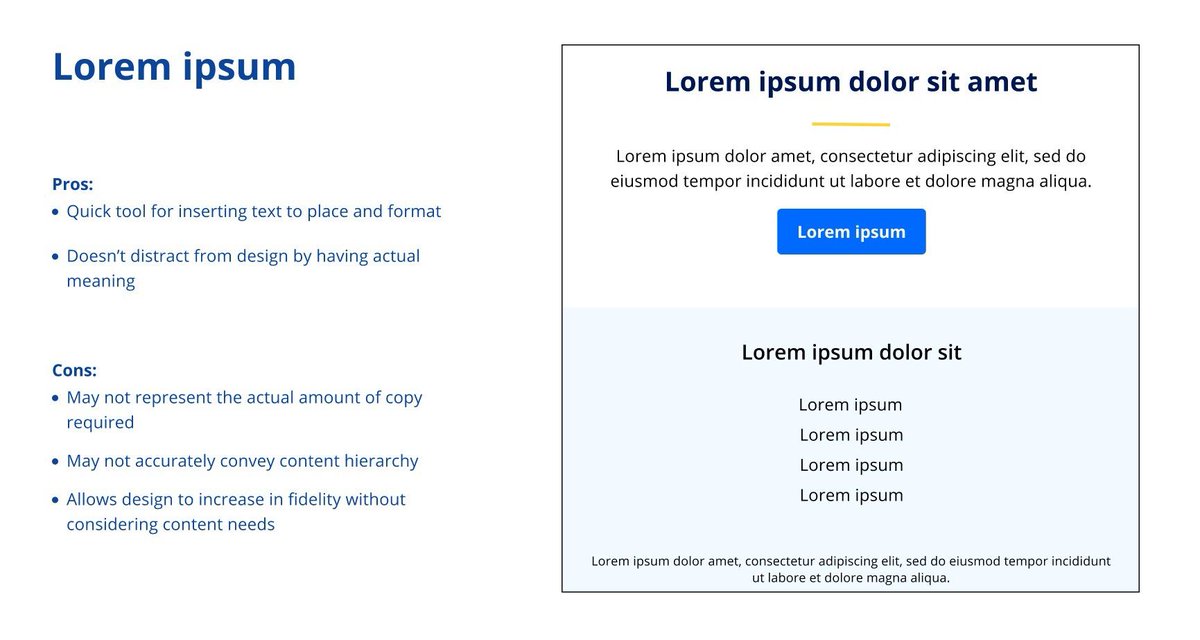
Do you find yourself spending too much time sifting through articles on UX, Product Design, and HCI just to realize you didn’t learn anything new? I’ve been pretty annoyed at home much time I’ve sunk into reading the same article on why it’s important to create journey maps or how to write personas. So annoyed, in fact, that I’ve taking to trying my hardest ingest real research papers in the field.
Why take that time if it isn’t worth sharing with the rest of you. So in an effort to make us smarter, send us down rabbit holes of interesting ideas, and maybe stop paying for that medium subscription, I’ve started a venture to share some of what I’ve found on Substack and hopefully find a paid subscriber or two.
So if you feel the same way I have about the current state of the shared knowledge that is being created online, check out the first (very free) issue of academiUX.


